When it comes to canning foods, it’s important to choose the proper ingredients. In the case of salt, you’ll need to understand the different types of salt available at the grocery store and how they play a part in food preservation.
Try these pickled green beans for an unexpected and crunchy pickle for the pantry.
While salt plays a large part in the preservation of fermented foods, for home canning purposes, it’s there for flavor alone, providing its signature salty taste to savory canned goods like soups, pickles, broth, and salsa.
It is safe to eliminate the salt entirely from canning recipes, which is great for people on a low sodium diet.
Understanding Canning Salt
Canning salt, sometimes sold as pickling salt is a pure salt product, devoid of any anticaking agents or added iodine. Why does this matter? Those two additives, commonly used in regular table salt, can cause cloudy brine in canned goods.
Pickle brine in particular is prone to cloudiness when regular salt is used. To achieve a clear brine, pickle recipes often call for canning or pickle salt. Choosing the right salt is important when canning tomatoes and other vegetables, too.
5 Easy Steps to Transform Your Pantry!
Ready to switch from store bought to homemade? Let me help you make some changes! Grab my FREE five-part guide to getting started.
Pickling salt is labeled very specifically for pickling because it does not contain iodine or anti-caking agents. It’s absolutely perfect for pickling, but there are some other salt options that can stand in for your food preservation needs if you don’t want to purchase one more kind of salt.
Salt marketed specifically for canning or pickling purposes is a finely ground salt product, that easily dissolves when added to hot brines.
Salt Additives
You might not have given it much thought, but salt comes from two different sources: sea water and rock salt that’s mined from mineral deposits.
Manufacturers first began adding potassium iodide to the packaged table salt used as food flavoring in the early 1920s in an effort to prevent iodine deficiency. Table salt is also blended with anti-caking chemicals, which prevents the fine granules from sticking together.
Table salt is fine for sprinkling on foods and even added in small quantities to baked goods, but it should be avoided for use in food preservation recipes.
Substitutes for Canning Salt
From your salt shaker to the flavored sea salts readily available at gourmet shops, there are many types of salt to choose from. Some are better than others for home canning recipes.
Canning recipes frequently call for specialized canning salt, but if you’re like me, you’d just as soon avoid having to buy a special ingredient.
Great news: you can safely use some other salts that are devoid of iodine or anti-caking agents in canning recipes. Always check the label to be sure!
Kosher Salt
Kosher salt crystals are somewhat larger than common table salt. The product is not iodized. Clumping isn’t really a problem with coarse salts like this, but some brands can include anti-caking agents so be sure to read the label.
Its light and flaky texture makes it perfect for sprinkling on homemade pretzels and bagels, but it’s also a good substitute to use in canning recipes.
🍅 Safety First!
Canning is an excellent way to preserve food for the pantry, but there are some important safety considerations to keep in mind. The recipes on this site have been made following safe canning procedures by a certified Master Food Preserver.
- Know the difference between water bath canning and pressure canning. Low acid items must be pressure canned for safety.
- Altering ingredients may change the recipe’s pH, posing a safety issue. I highly recommend investing in pH paper to test your products for acidity level when canning. Note: For safe water bath canning, the Hawaii Master Food Preservers suggest a pH of 4.2 or lower in the tropics. In other regions, the recommended pH is 4.6 or lower.
- Use the proper jars and lids. Never reuse lids, with the exception of the Tattler or Harvest Right hard plastic lids that are intended for such a purpose.
- For more on canning equipment, please go here.
- Want to learn more? The National Center for Home Food Preservation is the go-to resource for safe canning information.
Sea Salt
Sea salt is often — but not always — labeled as to its origin. Celtic sea salt is harvested in France, with its characteristic grey color coming from minerals. Hawaiians have been harvesting sea salt, or pa‘akai, from salt ponds since ancient times. ‘Alaea salt, which is pink in color, is produced only on the island of Kauai; Hawaiian black salt is a coarse sea salt crafted by adding activated charcoal to sea salt.
If you use sea salt, opt for basic white sea salt. Those that have colors from clay, minerals, or other natural additives can cause cloudy canned goods.
Choose from coarse or fine sea salt; no matter the size of the granules, either will work well to use in your next pickling recipe.
Himalayan Salt
A lovely light pink color, Himalayan salt is harvested from salt mines in Pakistan’s northern Punjab region. It is naturally rich in minerals. This type of salt is available in both fine and a larger grain size and it’s not generally iodized or treated with anti-clumping agents.
It’s not the best option for canning, as the minerals might impact the quality of your canned goods, but in a pinch it can work.
Storing Salt
While there are many different kinds of salt, there’s only one way to store them properly. Salt needs to be kept in an airtight container to remain dry and fresh.
In a humid climate like mine, this can be tremendously difficult; even the slightest amount of moisture can make its way into a container, resulting in droplets of salty water on the inside of the jar.
I keep a small 2-ounce jar on the counter and use that in cooking; by the time I’ve reached the bottom of that jar, it’s often quite damp. The remainder of the salt is stored in an airtight container in a cupboard. The less I have to open the large jar to use it, the longer it will last, since I’m not allowing any moisture in.
Keeping a desiccant pack inside the salt container can help to absorb excess moisture and keep your salt from getting soggy.
FAQs
Are canning and pickling salt the same thing?
Essentially, yes. They’re intended for use in home food preservation and can be used interchangeably. These are both pure sodium chloride without any added anti-caking agents or other additives that are often added to table salt.
Can you use regular salt instead of pickling salt?
The quality of the finished product will suffer if you do, thanks to those additives I just mentioned. It’s not unsafe or dangerous to your health to use table salt, though.
What’s the best substitute for canning salt?
Kosher salt and sea salt are both suitable substitutes that are not overly expensive. You still need to check the ingredients label, though, as some kosher salt can contain anti-caking agents.
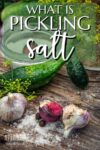
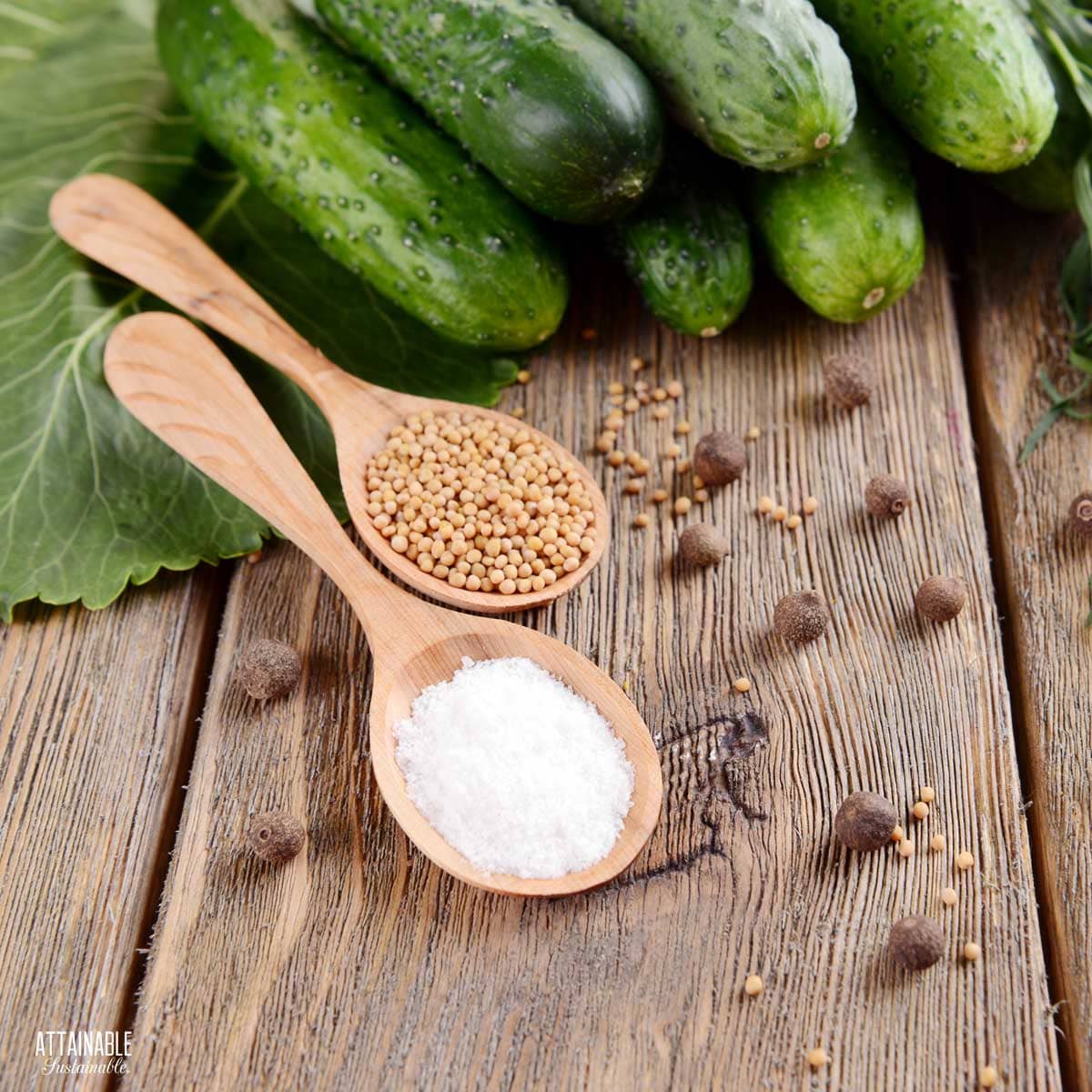
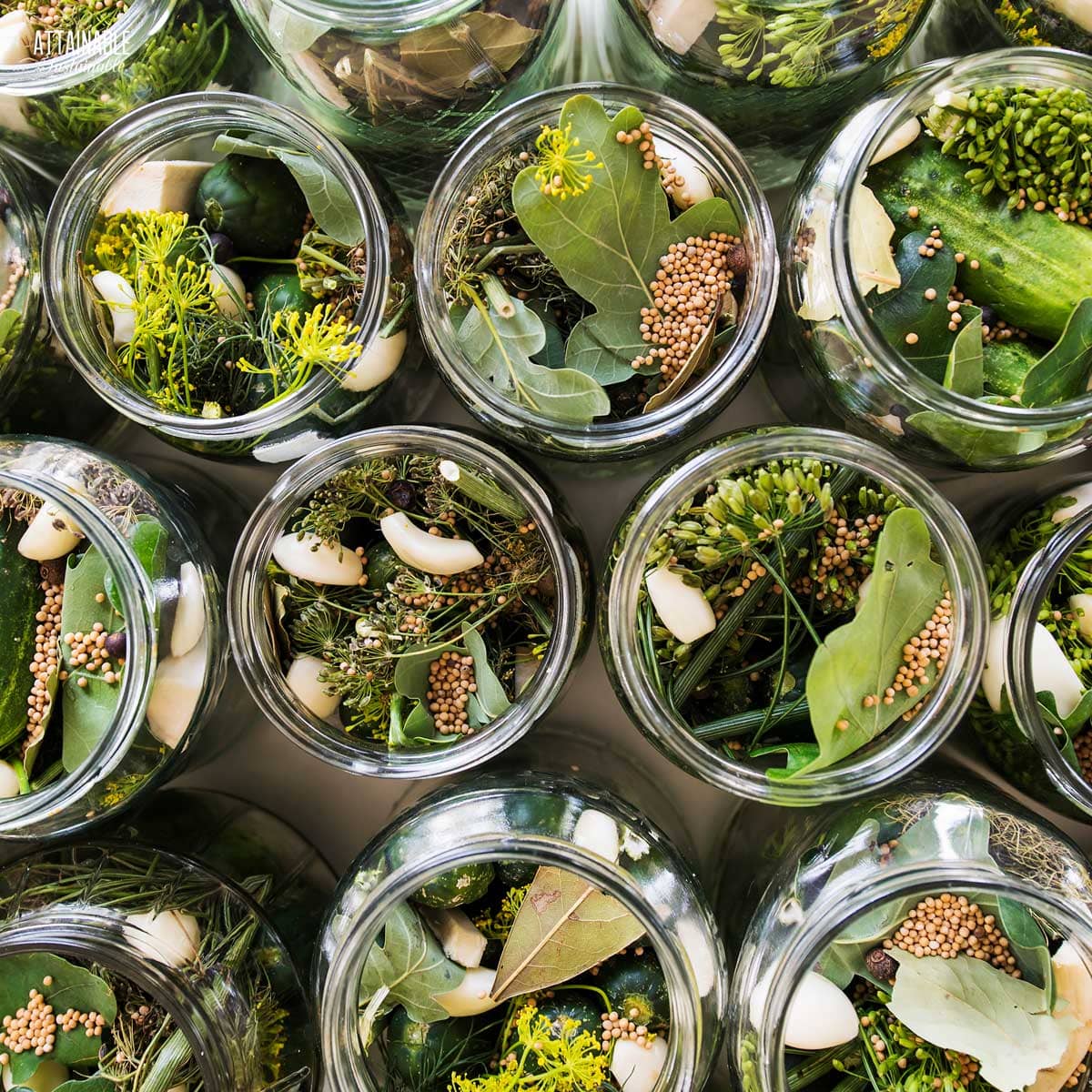
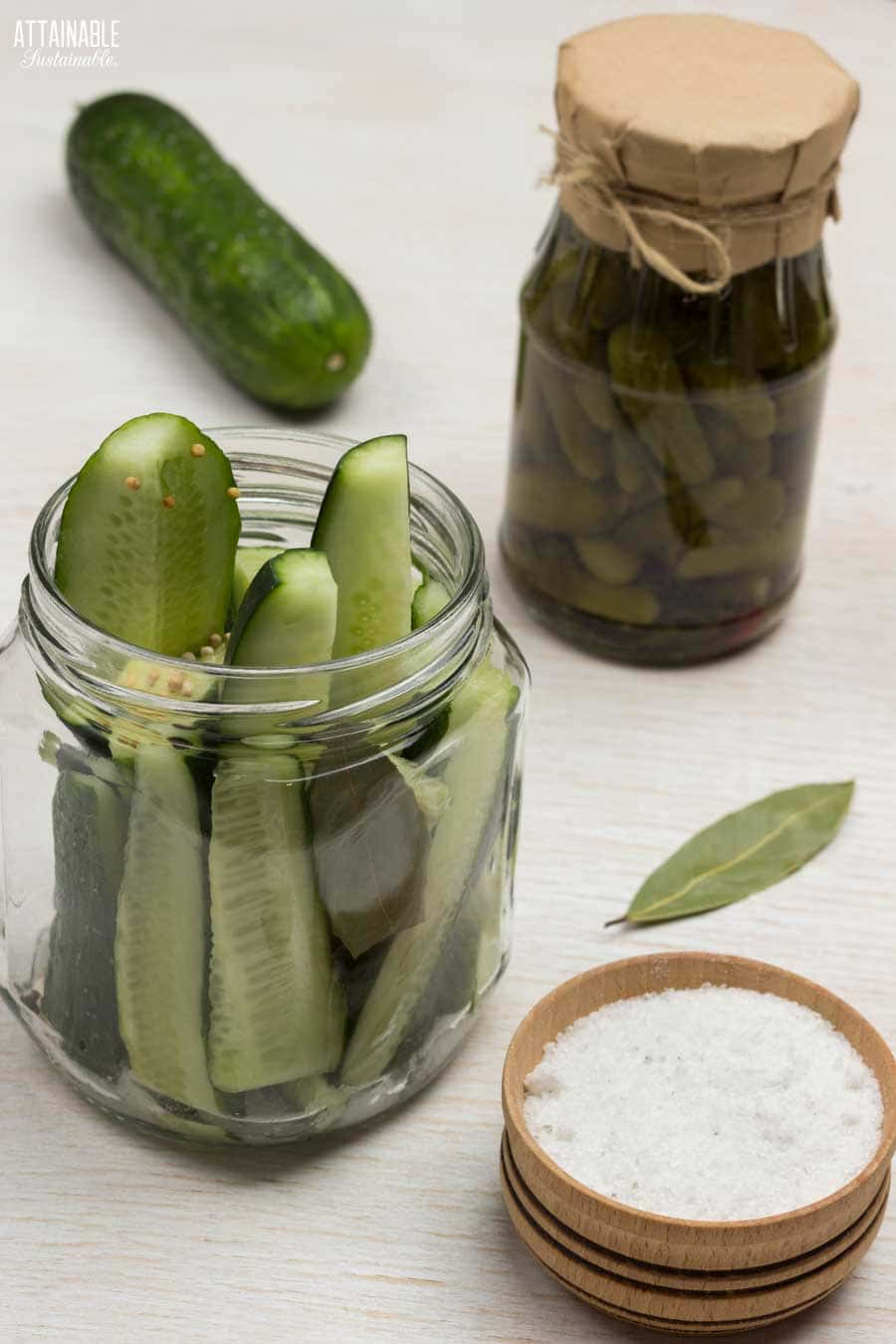


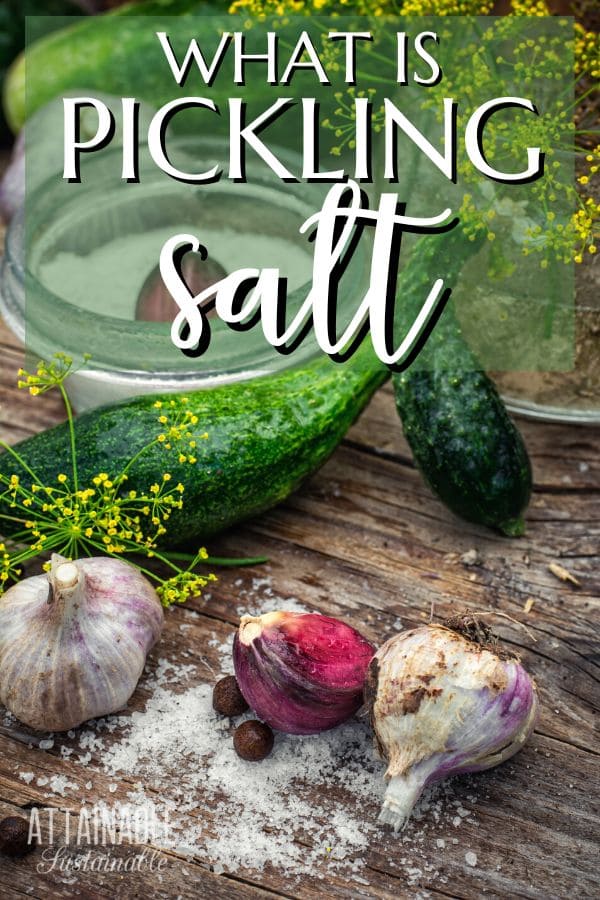





Good info, thanks. One question I have would be “what salt is suitable for salting meat to preserve it?” As in preserving it without refrigeration? In all the videos I have seen, it “appears” to be common table salt.
Not something I’d do. Here’s what the National Center for Home Food Preservation suggests for *curing meat: https://nchfp.uga.edu/publications/nchfp/lit_rev/cure_smoke_cure.html